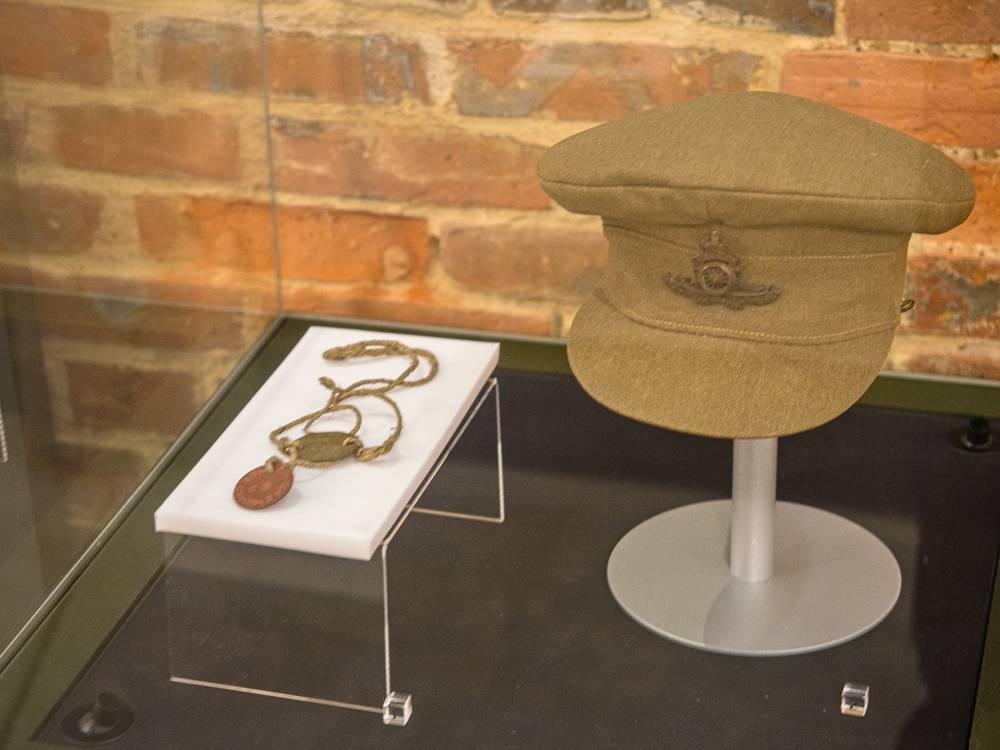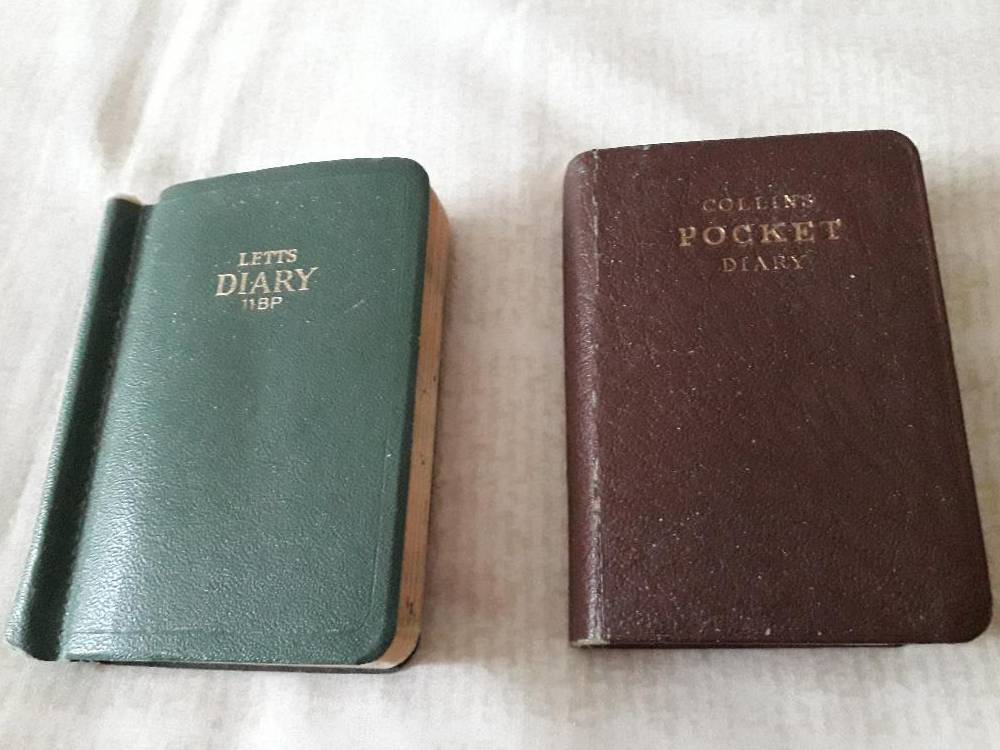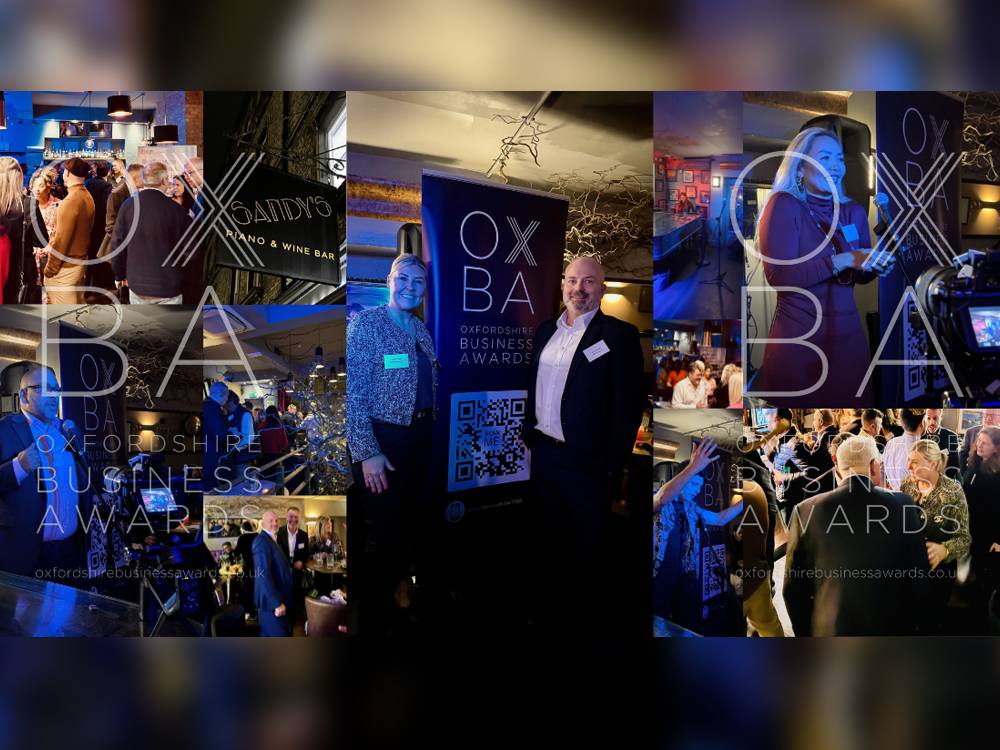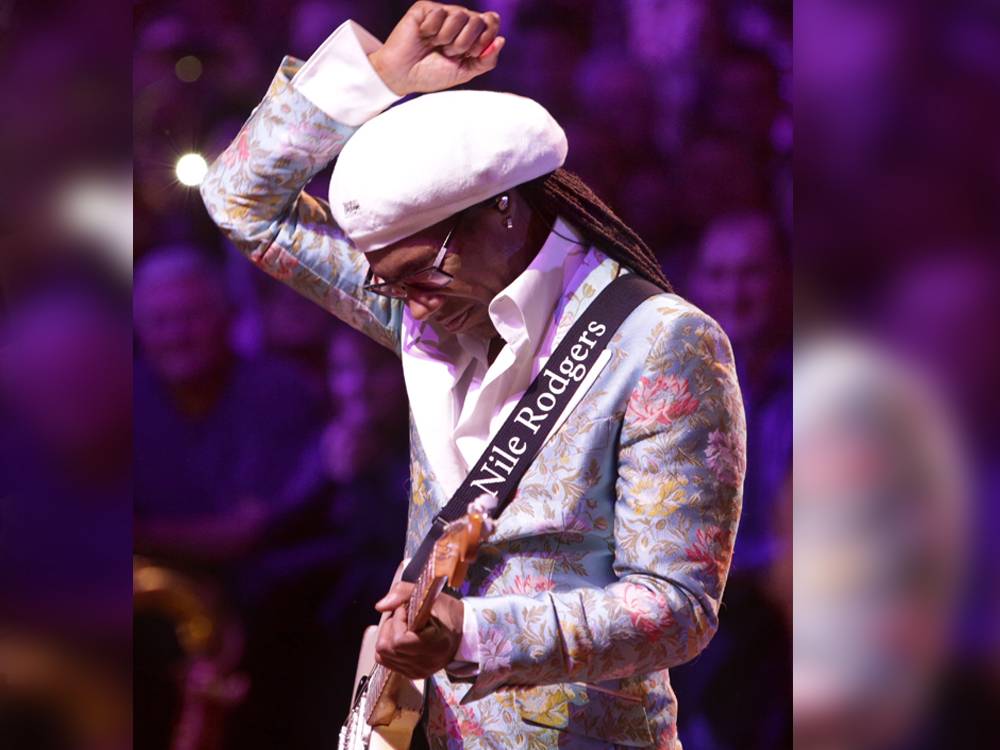The recent classical concert series at the beautiful Richard Lawson Pianos showroom in Amersham proved to be a fab four for music-lovers!
“Relax and enjoy Sunday morning Chamber Music concerts this summer…”
This was the intriguing promotion for a new series of Raans Coffee Concerts on at the Richard Lawson Piano studios in Amersham. Concerts that aim to bring music and inspiration to the community are to be welcomed anywhere, anytime so this was an opportunity not to be missed.
The opening concert on 16th June featured clarinettist Lesley Schatsberger, pianist Paul Nicholson and the cellist Nicola Tait Baxter who play together as Amabile, a trio formed in 2021. They played two pieces: Louise Farrenc’s Trio in E flat opus 44 and the better-known Brahms Trio in A Minor Opus 114.
An immediately attractive feature of the event were the extensive programme notes provided to peruse over coffee before the concert began and the additional introductions to each piece provided by the players. Thus, we knew a lot more about the gifted and productive mid-19th century composer, Louise Ferenc before hearing a single note of music. Despite her prodigious talent and prestigious appointment as professor at the Paris Conservatoire, her music was largely overlooked in her own lifetime (because she was a woman!) and has only recently come to more prominence as society has adopted an approach to music based more on meritocracy than gender bias.
Farrenc’s trio of 1856 was a delight and a perfect example of why we should hear her work more often in the concert hall. The style is lyrical and original with the interplay between the three instruments perfectly balanced and allowing each to shine individually as well as combine in perfect harmony. The programme notes refer to hints of Mendelssohn and Weber and perhaps the tunefulness of the whole supports this contention. However, it was the originality of the writing that shone.
In contrast, the Brahms trio is a late work (1891) and much loved by chamber music enthusiasts. It was written five years before his death as a tribute to clarinettist Richard Muhfeld whom he had playing the Weber concerto in Meiningen. However, this is not a clarinet solo with accompaniment; like the Farrenc it embraces all three instruments to produce moments of expressive beauty, not least in the adagio section where the cello and clarinet sublimely juxtaposition themselves in exquisite interplay, and the spirited final movement which allows the piano particularly to produce a full range of pyrotechnics. It was played superbly and received rapturous applause by a very enthusiastic audience.
This concert was an absolute joy from start to finish and included a thoroughly deserved encore of an arrangement of one of Shostakovich’s short pieces. The playing throughout was scintillating, not just because of the technical excellence of the individual players but also because of their ‘togetherness’ brought about no doubt by such thorough preparation that was demonstrated in an intimate knowledge of the music where the differing shades and dynamics were emphasised superbly. A subtle balance between the instruments was maintained such that no individual took centre stage. This was music making of the highest quality and made more so by the smiling relaxed approach of each of the three players which was in stark contrast to the histrionics and absurd facial expressions so often favoured by other musicians in similar circumstances.
Let us hope that this marks the beginning of ‘more of the same’ and let us hope that we can hear more of Amabile.













